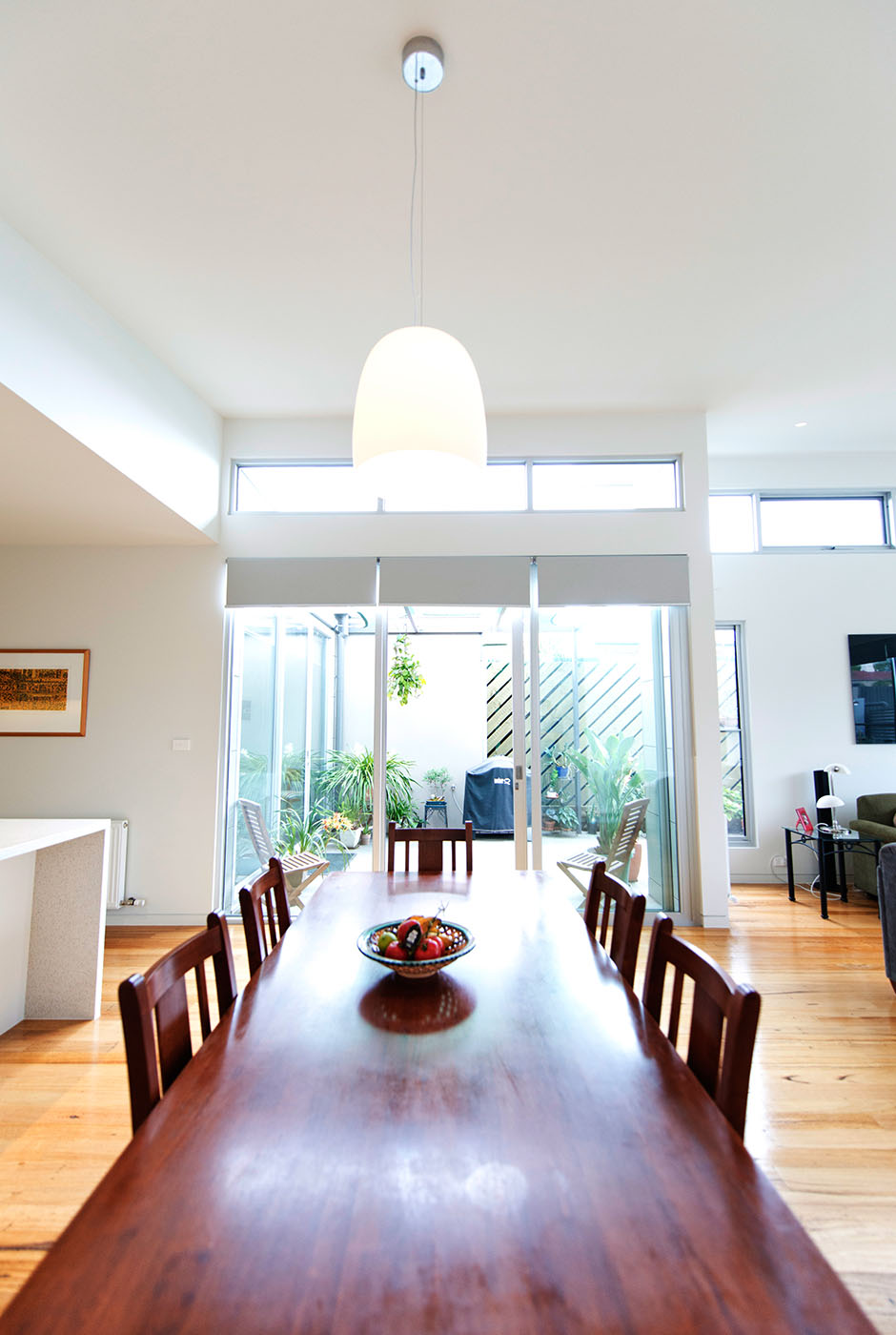
Ceiling heights…. How High?
When designing your new home, renovation or an extension there are many, many things to consider. Some factors are small, and others are huge. Some decisions need to be made at the design stage and impact the whole build, whilst others can be made later in the process.
One decision that needs to be made very early on in the process is the height of your ceilings. This is a feature or upgrade that cannot be added later. Your decision will impact the entire build and the look of your home.
Common ceiling heights in Australia are 2.4m, 2.55m, 2.7m, 3m even to 3.3m. Over the years ceiling height trends have changed with the average ceiling height currently 2.7m, whereas homes in the 1970s to early ’90s had ceiling heights of 2.4m and 3m-3.6m ceilings in homes prior to 1950s into 1960s.
Australian Standards
The Australian Building Code states that the minimum ceiling height is 2.4m for habitable rooms.
Habitable rooms are spaces that are used for normal domestic activities, these include Living/Lounge/Family room, bedrooms, dining room and Home theatre room.
Non-habitable rooms – which are “areas of a specialized nature occupied neither frequently nor for extended periods.” have a minimum ceiling height of 2.1m, these rooms include Bathrooms, water closets, laundry, hallways and garages.
Although kitchens fit into the definition of “normal domestic activities”, the minimum ceiling height for kitchens is 2.1m.
Where attic areas or areas with sloping roofs, are made into habitable rooms, the Building code states a height of not less than 2.2 m for at least two-thirds of the floor area of the room or space.
Stairways are required to have a minimum 2m headroom.
Considerations
Ceiling heights vastly impact the look and feel of your home. High ceilings can give an impression of elegance and grandeur and make a room feel light and more spacious. Low ceilings can make a room feel intimate and cozy, however, of not designed properly they can also make a room feel small and cramped. According to Wiley (2011) ceiling height has a direct influence on our thoughts, emotions and our perception of the world around us.
When wanting to increase the size of any space, building upwards can be more cost-effective than building outwards. However, there are still costs associated with higher ceilings, including the build costs, which are dependent on your project’s specifications and bespoke design. You also need to consider energy costs. Hot air rises, which is great in the warmer months, as rooms will be cooler. However, in the colder months, it may be harder to keep rooms with higher ceilings warm, although you can combat this with other design factors such as natural passive heating.
High ceilings may not suit every room in your home, therefore not all the ceilings in your home need to be the same height. Consider for example having the ceilings in the living, open areas downstairs 2.7m – 3m high and the bedrooms upstairs standard to 2.55m high.
A flow-on effect of higher ceilings are the height of the doors and the size and height of the windows in the room. From an aesthetic perspective, it is necessary to consider these factors, as to keep the look of the room in proportion. Rooms with higher ceiling with standard height doors and small windows can look totally out of proportion.
In terms of resale, high ceilings can add value to your home, they have great appeal and are a great selling point. But most importantly consider what you want in your home for YOU. Before making your final decision on the ceiling height of your new home, renovation or extension take note in homes you visit and attend display homes to get a feel of varying ceiling heights and go with what you like the most. After all, you have to live in it, be comfortable and happy.
Comments (0)